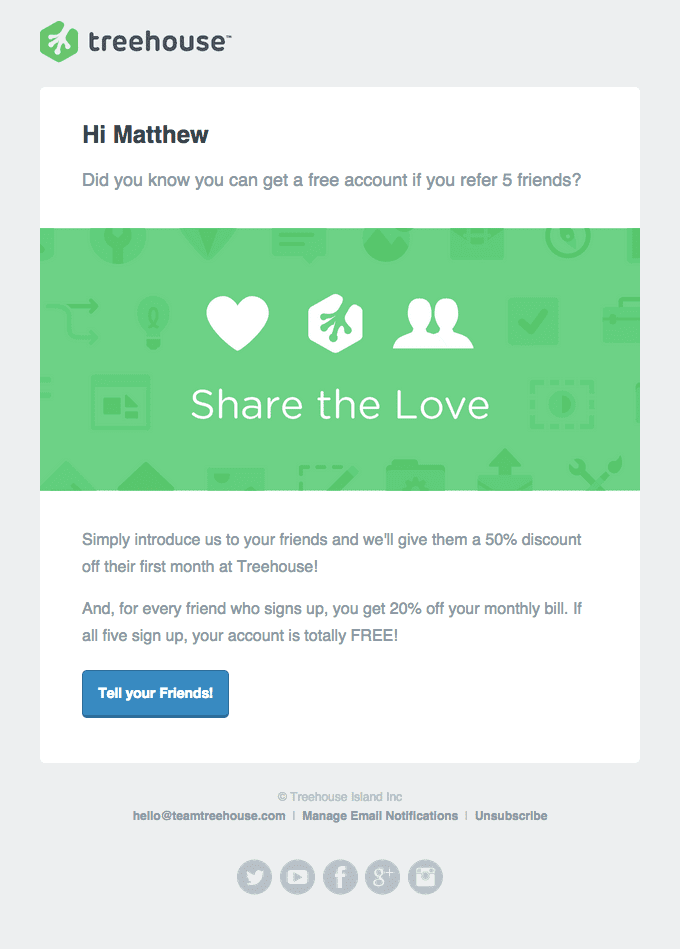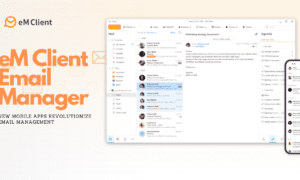Do you know 59% of marketers believe that email is the biggest source of their ROI? And if that’s not enough, 80% of the business professionals are of the opinion that email marketing increases customer retention. So, if we consider these statistics, it wouldn’t be wrong to say that email marketing is one of the best marketing channels.
However, if you wish to keep your email marketing strategy top-notch, analyzing and reviewing it on a constant basis becomes important. To put it in other words, it becomes imperative to ensure that your email marketing efforts are paying off.
So, the question is – how can you make your email marketing campaigns successful? By keeping a check on key performance indicators (KPIs). It will help you in understanding what’s working for your campaign and what’s not. This way, you can tweak your email strategy and improve each campaign without making recurring mistakes. Simply put, KPIs can help your business grow by assisting you to make the right decision at the right time.
Email marketing KPIs, what’s that?
Now, let’s take a deeper look into what email KPIs are all about. Email KPIs are leading indicator and they assist you in creating impeccable email campaigns. In short, they show you what exactly you must do to improve your email marketing campaign by analyzing different angles.
So, let’s begin by taking a step by step approach and focus on such email marketing KPIs that work in sync with your brand and business goals.
Different metrics and KPIs to analyze and improve your email marketing strategy
Here’s a look at 9 KPIs that you must keep a track of, irrespective of the business you are in.
1) Open rates
Open rate is an email marketing metric that gives you an idea about how well your subscribers are receiving your emails. Simply put, open rates specify how many customers open the emails you send. Most of the email campaigns have an average open rate of 24% or a little more. So, if your campaign has an open rate more than that, it means your email campaign is on the right track.
2) Click-through rates
Click-through rate (CTR) is an important email metric that must be analyzed. It works as a routine email marketing metric that tracks the success of every email campaign. Once you have analyzed it, you can even monitor how the CTR transforms. In short, CTR helps you to get an insight into the number of subscribers who are engaging with your email content and are interested in what your business has to offer. That’s the reason 70% of marketers use click-through rates to evaluate the effectiveness of their email marketing program.
3) Conversion rate
Once the subscriber has clicked through your email, the next step is to entice them to convert into your loyal customers. For example, if you send your subscribers an email regarding a sale just the way Ditto did in its email template, anyone who shops through the CTA will be considered a conversion.
 All in all, the conversion rate is a critical metric that gives you a clear understanding of whether you are achieving your email marketing goals or not.
All in all, the conversion rate is a critical metric that gives you a clear understanding of whether you are achieving your email marketing goals or not.
4) Bounce rate
Bounce rates are of two kinds: soft bounce and hard bounce.
-
Hard bounce
Hard bounce arises because of email addresses that are invalid or non-existent. So, it becomes imperative to remove these addresses from your email. Internet service providers (ISPs) consider bounce rate an important element while judging the sender reputation and success rate of an email sender. Therefore, if your business has too many hard bounces, you might be perceived as a spammer by the ISPs.
-
Soft bounce
A soft bounce is a temporary problem that arises from a valid email address. Such issues arise when the customer’s inbox is full or there is a server problem going on. The recipient server holds up these emails till the issue is cleared. You can even resend these emails to soft bounces.
5) List-through rate
Do you know your email marketing list naturally decays at 22.5% every year? Therefore, it is important to analyze your list growth as well as a loss while focussing on growing your list organically. This wouldn’t only increase your reach but also build up your audience and help you emerge as a leader in your industry.
6) Email sharing/forwarding list
Sharing or forwarding your email might not look important at first glance but it can work seamlessly in your contact list growth. Sure customers in your email list are already recorded in your database. However, they can’t help you generate new leads unless you encourage them to share or forward your email if they found it interesting and relevant. Do it the way treehouse does it in its custom email template.

In short, tracking email sharing or forwarding list will let you know about the number of new subscribers you add to your database.
7) The overall return on investment (ROI) rate
Overall ROI is an essential metric that every email marketer should analyze. It gives you a clear insight on the overall return on investment for your email campaigns. The average return on investment is $42 for every $1 you spend on email marketing. So, if you measure your ROI the right way and make it consistent, it will keep your business steady for sure.
8) Unsubscribe rate
The unsubscribe rate can be measured in a simple way. All you need to do is ask your email service provider how many subscribers unsubscribed from your brand after receiving an email from you. Though a high number of unsubscribes can be discouraging, email marketers perceive it as a good thing. It gives you the chance to fine-tune and clean your email list. However, a good unsubscribe rate is below 0.5%. So, make sure you are within the norm.
In addition, giving your subscribers the choice to unsubscribe from your brand helps in building trust with your customer base. It lets them know that they can choose what kind of content they want to receive and when.
9) Spam complaint rate
It is important to keep a check on your spam complaint rate. It will help you know if there’s anything technically wrong with your emails, thereby helping you fix it. A high spam complaint rate can instigate ISPs to block your future emails.
The normal average spam complaint rate is anything below 0.1%. Anything above this is considered as a high complaint rate. Remember, the global spam rate accounts for 55% of all email messages. Hence, make it a point to stay away from your customer’s spam folder.
Moreover, with email service providers wanting to ensure quality and tracking your spam complaint rates, it becomes all the more critical to track it. If these rates get high, your email service provider might take action against you.
Wrap up
From helping you track your email list health and analyzing individual email performance to ensuring about the progress you are making towards your email marketing goals, email KPIs help you do it all. Hence, keep tracking the above-mentioned email metrics and maintain the effectiveness of your email campaigns.



















































